 Workman Avenue
Workman Avenue
September 2005: There was a mood and a temper that would soon explode. In the build-up to the rescheduled and rerouted Whiterock Orange Parade, I heard it in numerous conversations; captured in this thought from William ‘Plum’ Smith, who more than a decade earlier had chaired the loyalist ceasefire news conference: “There is an underlying feeling that the taigs (Catholics) are getting everything.” He had the pulse of his community and in the words he chose, he was describing an anger that would not be calmed. There was an inventory of grievances:
- Sean Kelly’s release from prison, a man whose name will always be linked to the IRA bomb on the Shankill Road in 1993 and to the slaughter of civilians that Saturday;
- The decision to disband the Home Service battalions of the Royal Irish Regiment in that phased plan to end Operation Banner;
- Other demilitarisation steps and, now -
- The banned Whiterock Parade, meaning no Orange marching steps on the Springfield Road in west Belfast.
In another blunt description of the mood, the loyalist politician David Ervine spoke of the potential for “a fucking disaster”.
Both conversations were on the eve of the march; a parade that would not get through the security gates where Workman Avenue meets the Springfield Road. A source inside the Northern Ireland Office told me they had been warned of “cataclysmic consequences”, but was not sure if things would be as “apocalyptic” as they were being told. And, in a late conversation the night before the march, Chief Constable Hugh Orde posed the question:
Do they really want to start World War 3?
What followed on September 10th was a day of madness; the manifestation of a sense of losing in the peace; heard firstly in that line “the taigs are getting everything” and then in the sound of gunfire. At a PSNI news conference and briefing on Sunday, September 11th, I watched film of loyalist gunmen and of a pipe bomb being thrown towards police lines. Orde described one of the most dangerous riot situations in the recent history of the United Kingdom and linked the loyalist organisations to the violence. Forty-eight hours later, the government ‘specified’ the UVF and Red Hand Commando, meaning their ceasefires were no longer recognised.
In this phase of the process, the unionists and the loyalists were outside the tent. The key events of this period were matters of negotiation between the UK Government and the republican leadership. On the Springfield Road, on September 10th 2005, and just before the mayhem of that day, I spoke briefly with ‘Tomas’ (the IRA ‘P O’Neill) and in a corner of my diary page that day, I wrote the words - decommissioning by the end of the month. It would be a new page after a day when some in this place momentarily lost the plot and lost the peace.
 Loyalist riots spread across the city. Image - Pacemaker
Loyalist riots spread across the city. Image - Pacemaker
 The figures telling the story of the street fight. Live rounds and plastic bullets . Guns seized and a bomb factory discovered. The rage Chief Constable Hugh Orde had feared when he asked - do they really want to start World War 3?
The figures telling the story of the street fight. Live rounds and plastic bullets . Guns seized and a bomb factory discovered. The rage Chief Constable Hugh Orde had feared when he asked - do they really want to start World War 3?
Text transcript
STATS BELOW FROM ORDE
6 live rounds fired by police
1 live round fired by army
At least 50 rounds fired at security forces
430 plastic bullets fired - 250 by Army, the rest by police
32 officers injured - one hospitalised with serious face injury
Police ombudsman has been informed and will investigate events.
7 firearms recovered from Highfield estate last night - bomb factory also uncovered. Deployed HQ support unit ie firearms experts because of ballistic threat to police/army trying to keep the peace. Great restraint, behaved heorically.
Calm restored by 4am to Belfast and Greater Belfast areas
 A scene from the Belfast battlefield. Image - Crispin Rodwell
A scene from the Belfast battlefield. Image - Crispin Rodwell
Download the archive (PDF, 37MB)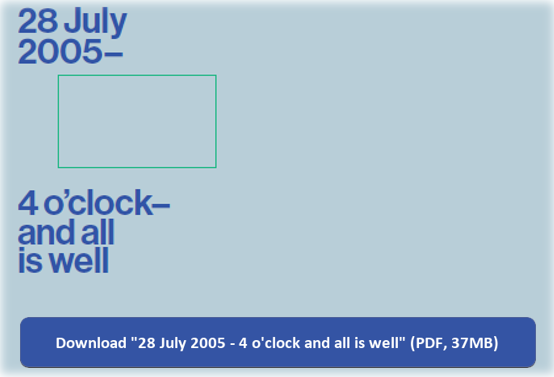

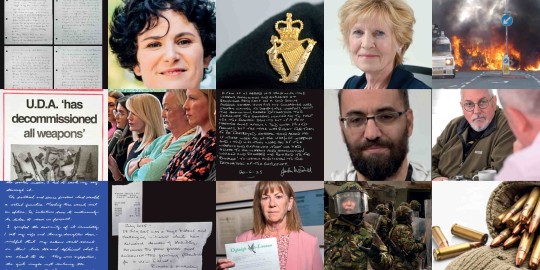
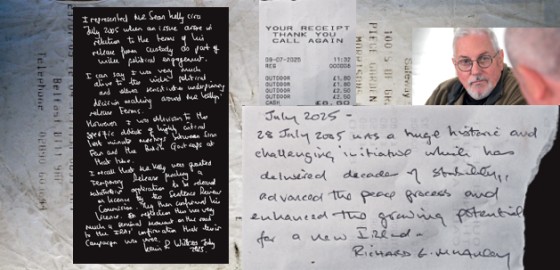
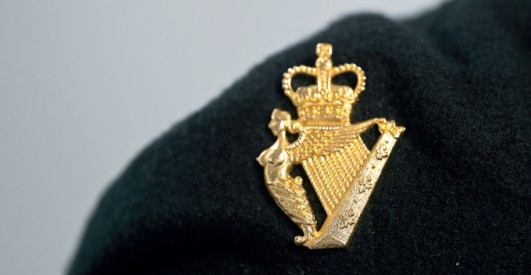


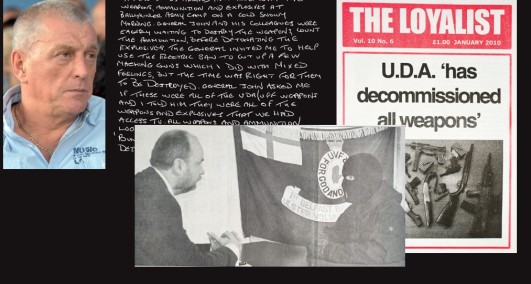
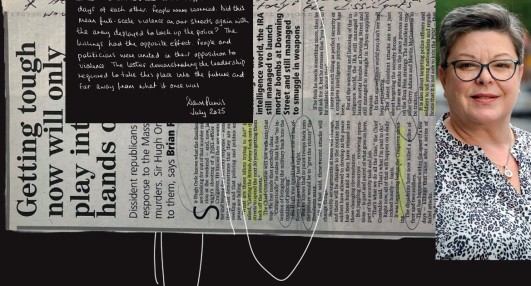
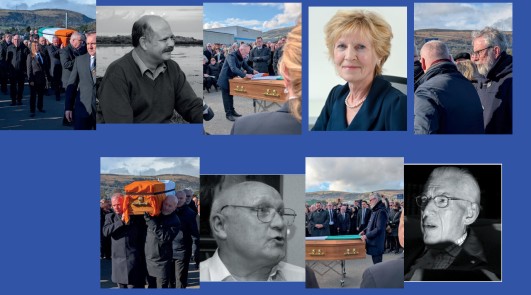


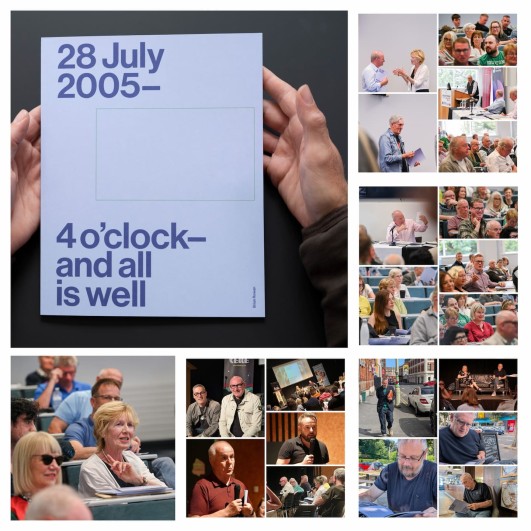

Rate and Review
Rate this article
Review this article
Log into OpenLearn to leave reviews and join in the conversation.
Article reviews